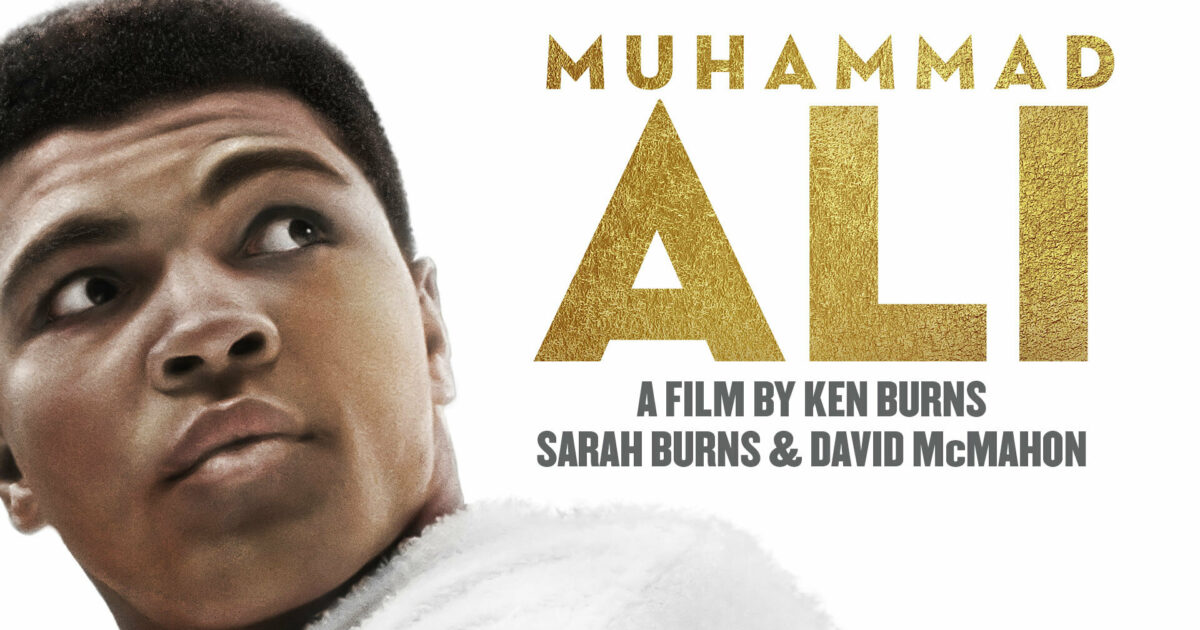Kevin McDonald grew up in the suburbs outside Toronto, Canada. When he was a teenager, he started making the 45-minute trek into the city to take an improv comedy class at the legendary Second City theater which had produced some of the most significant comedy talent of the last 50 years. “It was a bus, a subway, and a bus to get there,” he says. “I remember for the whole 45 minutes before my first class. I was so nervous, I did a thing that you don’t do in improv: I started writing jokes so I could try to use them when I was at an improv. Of course, it never worked out. It never goes that way.
“I went to Second City workshops, and everybody was over 30. There were only two teenagers in the class. It was me and another teenager named Mike Myers.”
Myers would go on to fame as a cast member of Saturday Night Live, then as the star of the Austin Powers film series. McDonald teamed up with another friend he met at Second City, Dave Foley, to found The Kids in the Hall. The comedy troupe, though born in improv, started concentrating more on writing sketches as they gained a cult following by performing at the Toronto punk rock club The Rivoli in the mid-1980s. SNL producer Lorne Michaels discovered them and developed a sketch comedy show, which debuted on CBC and HBO in 1988. Over five seasons, The Kids in the Hall would go on to become a big influence on all kinds of comedy in the 1990s and beyond. As documented in the 2022 film The Kids in the Hall: Comedy Punks, success definitely went to their heads, and after the harrowing production of their 1996 movie Brain Candy, the Kids wouldn’t work together again for more than a decade. They eventually reunited for an excellent sixth season on Amazon Prime in 2022.
McDonald has appeared in numerous films and TV shows, from Lilo & Stitch to Arrested Development. He’s also forayed into stand-up comedy, which the self-described shy guy says was a difficult transition. “You stop being afraid when you find your own voice,” he says. “I found that my voice was telling stories — I can tell a funny story. In fact, the rock opera was a story I was going to do in stand-up. Then I thought it was too big for stand-up, too operatic.”
When McDonald appears at Memphis’ Black Lodge on Saturday, April 13th, he will be performing Kevin McDonald: Superstar. “I’m doing a rock opera with the gang — I don’t use that word enough, I should use the word ‘gang’ more often — the gang from Bluff City Liars. I wrote it, even though I can’t write songs, and I sing the lead, even though I can’t really sing.”
As you might expect from the title, McDonald says the first song in the cycle is about his Jesus Christ Superstar fandom. “I was a Catholic as a kid, and the only thing I liked at Catholic school was when one of the teachers showed us Jesus Christ Superstar. I was in grade seven and I fell in love with it. I’ve seen it, I’m guessing, between 40 and 50 times.”
As for the rest of the rock opera, McDonald says it is “based on a true story me and Dave Foley from The Kids in the Hall are involved in.”
Backing McDonald will be Memphis folk punkers HEELS. “Brennan [Whalen] and I are both huge Kids in the Hall marks,” says drummer (and comedian in his own right) Josh McLane. “The fact that Brennan is the musical accompaniment and I’m the narrator is a dream come true to say the least!”
“We’ve had a blast working on this show,” says the Liars’ Amber Schalch. “It’s been an excellent way to stretch out our comedy muscles, and we couldn’t be more honored that he’s coming to Memphis to perform and do workshops with us.”
Before the show on Saturday, and then again on Sunday, McDonald will be teaching two comedy workshops with the Bluff City Liars. “Kevin McDonald is such a skilled comedian that he almost makes you think you’re not funny yourself, but then he’s such a good teacher that he alleviates that fear with as much ease as cracking a joke,” says Zephyr McAninch, who was with the Liars when they brought McDonald to Memphis before the pandemic.
Bluff City Liars’ Michael Degnan says the show is not to be missed. “Growing up, The Kids in the Hall were incredibly important and influential on my developing sense of humor. Getting to learn from and perform improv with Kevin when he last came to town was a dream come true. Now getting to help bring his work to life takes that dream to a new level, and I’m ecstatic that we’ll get to do so alongside HEELS and Savannah Bearden who have both been responsible for so much great entertainment in Memphis for the last decade.”
See Kevin McDonald Superstar at Black Lodge on Saturday, April 13, 8 p.m. Tickets are $25 and can be purchased at tinyurl.com/2bhjpy2z.












